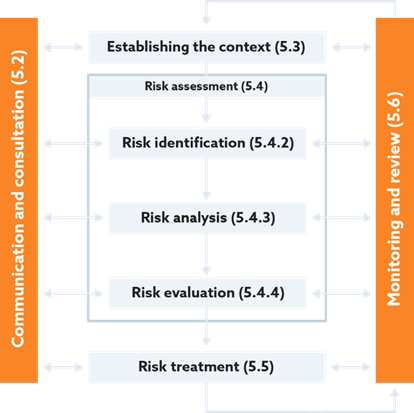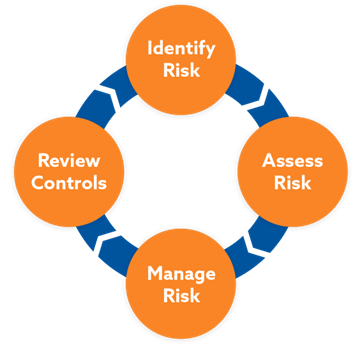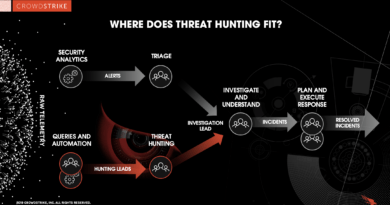Best Cloud SaaS Governance Practices from the CSA Cloud Security Alliance
Introduction
Infrastructure as Service security is almost always the focus when discussing cloud security. platforms as a service (PaaS) and infrastructure as a service (IaaS). In spite of the fact that Organizations typically use 2-3 IaaS providers and frequently use tens to hundreds of SaaS products. A standard set of guidelines called the SaaS Governance Best Practice for Cloud Customer’s fundamental SaaS environment governance procedures. It lists and takes into account risks during including Evaluation, Adoption, Usage, and Termination stages of the SaaS lifecycle. As businesses keep implementing SaaS-based applications and solutions, several traditional Adapting organizational cybersecurity to this new operating model is necessary. It is necessary to update internal organizational policies to reflect important factors, such as service level agreements, privacy and security standards, and operational ramifications. Organizational operational security activities, such as tasks and responsibilities, are affected. implications for employees who work remotely and on mobile devices. Data is a valuable resource, and When it comes to the SaaS paradigm, classification, labeling, and storage requirements must be taken into to outside service suppliers. While most of the accountability in the Shared Services is handled by SaaS providers SaaS users continue to bear the bulk of the responsibility for data access and governance. control. Making sure who has access to what information, at what level of permission, and under what circumstances Especially in a Zero Trust Architecture, in what context. Organizations still need to make important decisions regarding operational tasks and the management of encryption keys. such as backup and storage, and vulnerability management. Organizations must check that SaaS providers should be taken into account by third-party risk management programs, and that incident Plans and procedures for response and business continuity are updated accordingly. As time goes on, true, as SaaS frequently performs crucial tasks from the perspective of business continuity in the remote working model. Organizations still have compliance and other obligations despite the shared responsibilities. Regulations that they must adhere to in order to safeguard their stakeholders, and their reputation, and to avoid possible legal repercussions. In the end, the SaaS environment presents a change in how businesses approach cybersecurity. imposes a shared obligation on both producers and consumers. failing to respond appropriately can have disastrous repercussions, including the release of private information, revenue loss, and client regulation, trust, and effects.

1.1 Scope
this report:
• Offers a foundational set of SaaS governance best practices for safeguarding data inside SaaS environments
• Lists and takes into account risks in accordance with the adoption and usage lifecycles for SaaS.
• Offers potential mitigation measures from the viewpoint of SaaS customers
1.2.1 Clientele
• Users of SaaS
• SaaS vendors
• Providers of SaaS security solutions
• Cloud Security Specialists
• Legal
• Executives in cybersecurity
• IT Managers
• Managers of risk
• Compliance and IT Auditors
• Manager of Third-Party Risk
Overview
Customers and users of software as a service (SaaS) should evaluate and minimize information risks the use of SaaS services poses security risks. SaaS is discussed in the context of this document. according to NIST 800-145, SaaS is “the capability made available to the consumer through the use of applications from a provider that utilizes cloud infrastructure. The buyer in this instance does not control or manage the cloud’s infrastructure, including its operating systems, associated storage, and even individual users. applications, excluding particular configuration options. There isn’t much information available on SaaS governance and security, despite the fact that the field of cloud adoption and security is still evolving. Despite the fact that organizations are increasingly using SaaS offerings to power their crucial business processes and functions and frequently storing sensitive data in SaaS environments, this is known as “Shadow IT” within the organization.


